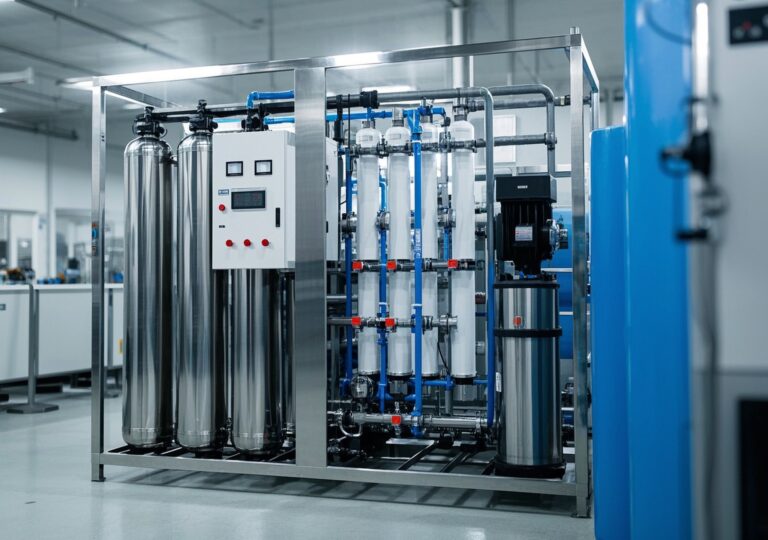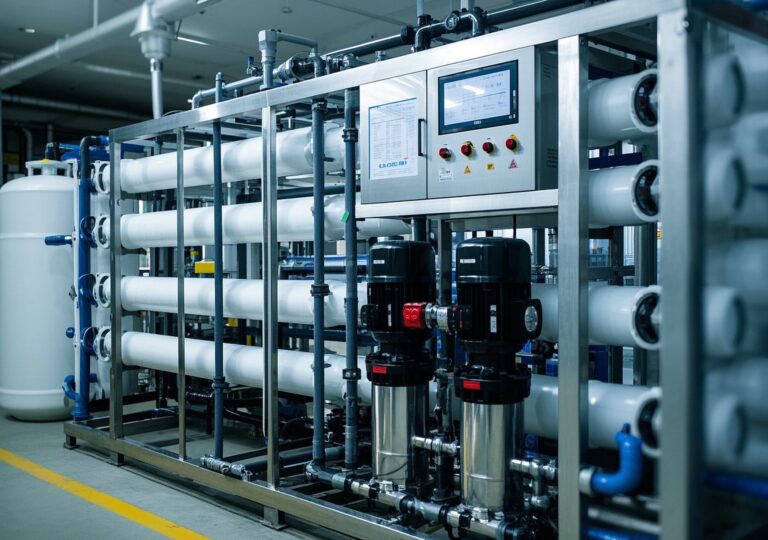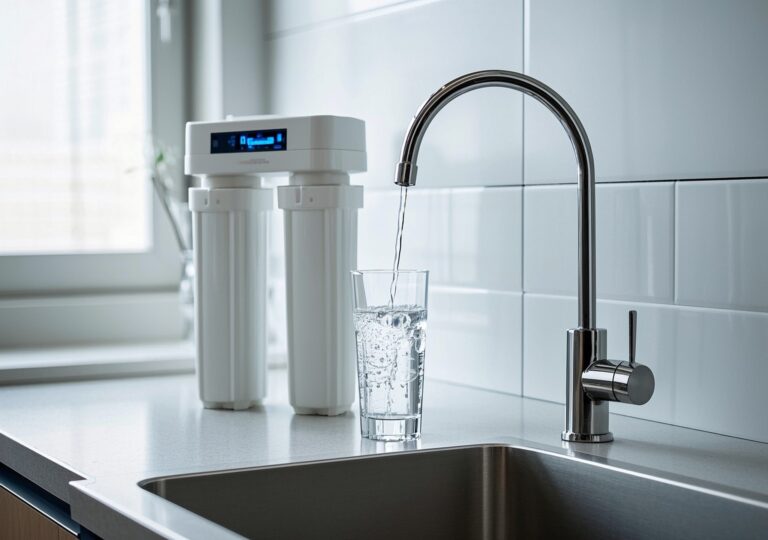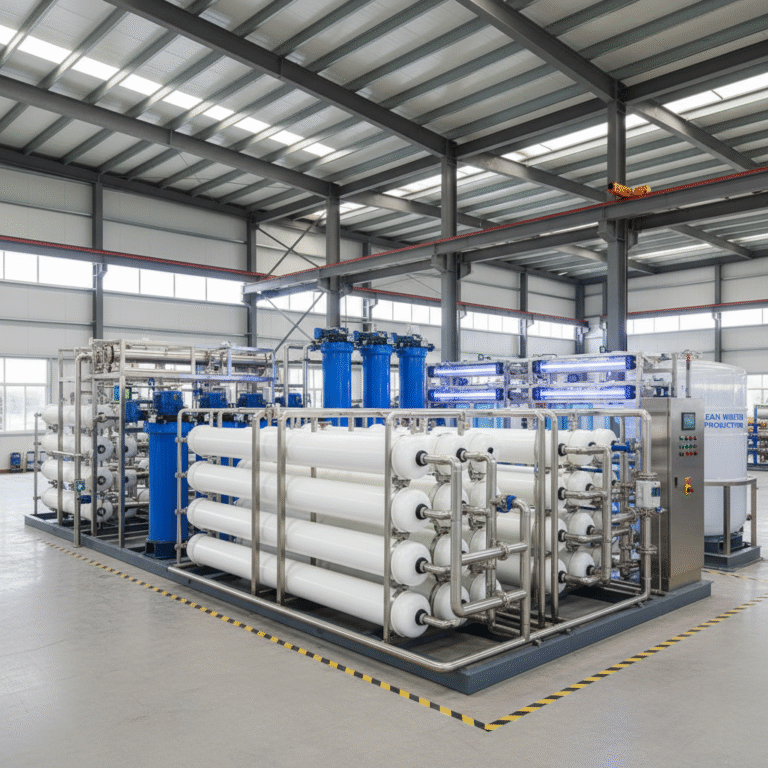Dynamic evaluation: ph value of seawater drives water treatment innovations

Dynamic Evaluation: ph value of seawater Drives Water Treatment Innovations
Understanding the ph value of seawater is foundational for advancing water treatment technologies that protect marine ecosystems and support sustainable human activities. This article unpacks why pH monitoring in marine environments is critical, how it influences treatment innovations, and what practical applications arise from it.
1. Introduction
Seawater pH measurement is more than a chemical parameter; it serves as a sentinel marker for ocean health and guides the design of sophisticated treatment processes for water purification and desalination. With global concerns on ocean acidification and water quality intensifying, industries and researchers have turned their focus toward integrating pH dynamics into treatment system innovations.
Several leading research initiatives and technology developers have invested heavily in refining how seawater pH is measured and used to optimize treatment efficacy. Their expertise fuels the rapidly evolving landscape of water purification technologies tailored to diverse environmental and industrial needs.
2. Application Background and Market Demand Analysis
- Marine Environment Challenges: Coastal and offshore industries contend with varying seawater pH influenced by carbon dioxide absorption, pollution runoff, and biological activity. These fluctuations can lead to metal corrosion, decreased efficiency of treatment membranes, and ecological imbalance.
- Health and Safety Concerns: Consumers across the globe increasingly demand safe, clean water sources, pressuring industries to ensure that water treatment takes local seawater chemistry into account.
- Environmental Protection Compliance: Stricter regulations compel water treatment plants to monitor and adjust for ph value of seawater to minimize harmful discharge and support marine biodiversity.
3. Technical Principles of Water Treatment Linked to Seawater pH
Water treatment technologies, especially those relying on membrane processes, are highly sensitive to the ph value of seawater. Here’s how pH interacts with treatment mechanics:
- Membrane Integrity and Fouling: Low or high pH levels can degrade membrane materials or accelerate fouling by encouraging certain biological growths or precipitates.
- Coagulation and Flocculation Efficiency: pH affects the effectiveness of chemical dosing, influencing the removal efficiency of particles and dissolved substances.
- Disinfection Processes: The efficacy of disinfectants like chlorine is pH-dependent, requiring precise adjustments for optimal pathogen control.
By continuously monitoring and dynamically adapting to seawater pH changes, treatment systems can maintain higher operational stability and prolong equipment lifetime.
4. Company and Product Overview (Generic)
Over the past decade, a growing number of enterprises have established themselves as innovators in seawater treatment systems. Their progress rests on combining robust chemical sensing technologies with adaptive control algorithms that respond in real time to shifting marine water chemistries.
Advanced product lines now feature:
- Integrated pH Sensors: Real-time, high-precision pH monitoring embedded within treatment units.
- Adaptive Control Systems: Algorithms that optimize chemical dosing and membrane operation based on real-time pH data.
- Modular Designs: Scalable system architectures tailored for local seawater conditions and industrial requirements.
5. Product Features and Benefits
| Feature | Description | Benefit |
|---|---|---|
| High-Precision pH Value of Seawater Monitoring | Continuous sensing with rapid calibration adapts to fluctuating marine chemistry | Ensures optimized treatment reactions, reduces downtime |
| Adaptive Chemical Dosing Control | Automated adjustment of coagulants and disinfectants based on pH trends | Enhances contaminant removal, reduces chemical waste |
| Corrosion-Resistant Components | Materials designed to withstand pH-related corrosive effects | Extends system lifespan, lowers maintenance costs |
| Energy-Efficient Operation | Optimization algorithms reduce energy consumption tied to pH-related adjustments | Lowers operational expenses, reduces carbon footprint |
6. Multisector Application Case Studies
Case 1: Coastal Beverage Manufacturing Plant
In a coastal factory, fluctuating seawater pH levels historically caused recurring membrane fouling and frequent downtime. After implementing a water treatment system with integrated pH monitoring and adaptive dosing control, the plant reported:
- 30% reduction in membrane cleaning frequency
- 15% enhancement in output water quality compliance
- Operational cost savings of approximately $50,000 annually
Case 2: Hospital Seawater Cooling System
A hospital relying on seawater cooling systems faced risks linked to corrosive pH conditions that compromised pipe integrity. Installation of dynamic pH evaluation-based treatment systems enabled:
- Real-time pH adjustment, preventing corrosive damage
- Reduced chemical use by 25%, supporting greener operations
- Improved reliability of the cooling process mitigating potential patient risk
Case 3: Aquaculture Farm
An aquaculture operation needed precise pH control to sustain sensitive marine species. Customized treatment systems leveraging constant ph value of seawater feedback enabled:
- Control of water chemistry maintaining pH between 7.8 and 8.3
- 50% reduction in mortality rates linked to water quality issues
- Heightened production yields supporting business growth
7. Installation and Maintenance Guidance
For optimal performance of seawater treatment systems influenced by pH dynamics, the following professional practices are advised:
- Accurate Site Assessment: Baseline seawater pH profiling over tidal and seasonal cycles guides system customization.
- Expert Installation: Calibration of pH sensors and integration with control systems must be performed by certified technicians.
- Scheduled Maintenance: Routine sensor cleaning, recalibration, and chemical dosing system checks ensure sustained accuracy.
- Local Support: Establishing responsive local service teams minimizes downtime and supports continuous system optimization.
8. Competitive Comparison and Warranty Support
Compared with alternative filtration and treatment technologies, systems integrating dynamic evaluation of the ph value of seawater offer several distinct advantages:
- Enhanced adaptability to changing marine conditions, ensuring consistent treatment efficacy
- Longer membrane life due to preventive adjustments against pH-induced damage
- Lower chemical consumption and operational costs through intelligent dosing
Furthermore, robust product warranties and comprehensive after-sales support ensure client confidence and investment protection.
9. User Testimonials and Success Narratives
“Since incorporating continuous pH monitoring into our seawater treatment, we have observed markedly better membrane lifespan and water quality. The system’s responsiveness to changing conditions is remarkable,” says an environmental manager at a major coastal industrial site.
Another user from aquaculture reports, “The specific pH adjustments made by our treatment solution have been crucial. They have literally saved our stock and improved our business’s sustainability.”
10. Conclusion and Call to Action
The dynamic changes in the ph value of seawater are not just natural phenomena but key operational factors in modern water treatment innovations. Understanding and integrating pH data empower industries to optimize treatment processes, prolong equipment life, and protect environmental and human health.
Stakeholders aiming to enhance water safety and operational efficiency should prioritize systems capable of dynamic pH evaluation. Embracing these innovations ensures resilient, efficient, and sustainable water treatment solutions, critical for the future of coastal and marine resource management.
References
- Based on data from authoritative oceanographic and environmental research reports including findings published by NOAA and relevant marine chemistry studies.




